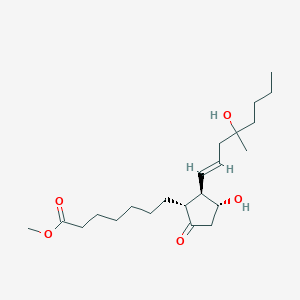Gastric and duodenal ulcers, NSAID-associated ulceration
Adult: 800 mcg daily in 2-4 divided doses for at least 4 wk even if symptoms are relieved sooner, may continue up to 8 wk if needed. Further courses may be given if the ulcer relapses.
Oral
Termination of pregnancy (49 days or less duration)
Adult: 400 mcg as a single dose, given 36-48 hr after mifepristone.
Oral
Prophylaxis of NSAID-induced ulcers
Adult: 200 mcg 2-4 times daily; if not tolerated, may reduce dose to 100 mcg 4 times daily.
Vaginal
Labour induction
Adult: As a 200 mcg controlled release vag insert releasing approx 7 mcg/hr over 24 hr: In women w/ unfavourable cervix (from 36 wk gestation): Max: 1 vag insert. Remove on the following conditions: Onset of active labour, prolonged or excessive uterine contractions, evidence of foetal compromise, 24 hr have elapsed since insertion. Do not replace if the insert falls out.




 Sign Out
Sign Out




